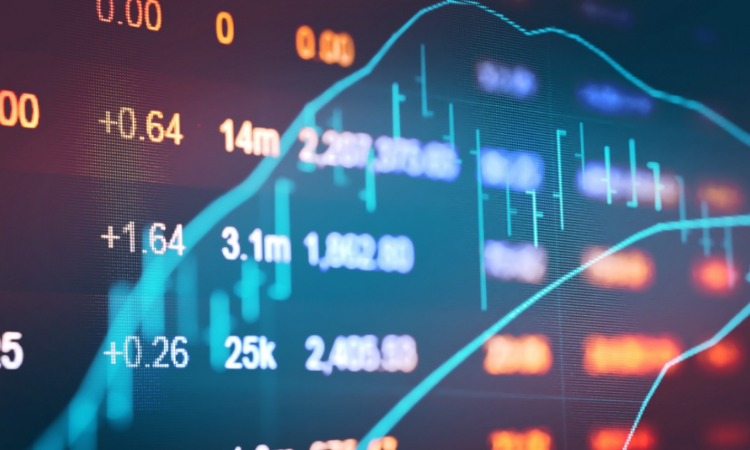
The DXY dollar index fell toward a one-year low after the Federal Reserve signaled a pause in its most aggressive tightening cycle since the 1980s. Since hitting a 20-year high in late September, the index as fallen 11.1%.
But while a pause does not mean that the Fed is ready for a rate cut, we continue to believe that the greenback will weaken further against key currencies over the next 6–12 months, and it remains to us a least preferred currency.
The Fed’s hawkish bias has turned into a neutral policy stance. Fed Chair Jerome Powell said in the press conference after the FOMC meeting that the current stance of monetary policy was tight enough, or close to tight enough, to bring inflation back down to the central bank’s 2% target over time. He also talked up the importance of economic data in the Fed’s future decisions, making it clear that any move would be on a meeting-by-meeting basis. In the statement accompanying its May meeting, the Fed removed wording in previous versions stating that “additional firming may be appropriate.”
Challenging backdrop is set to erode the US growth premium. The ISM Manufacturing Purchasing Managers’ Index in April remained in contraction territory (below 50) for the sixth consecutive month, while US GDP growth for the first quarter slowed more than expected to an annualized pace of 1.1% amid tepid business investment and a pullback in inventories. With the lagged effect of 500bps of rate hikes continuing to feed through to the economy and tightening credit conditions resulting from stress in the banking system, we expect US GDP growth to slow from here. This should lead to a falling growth differential between the US and the rest of the developed world, presenting a headwind for the dollar.
Other major central banks, meanwhile, still have work to do. The European Central Bank raised rates by 25 basis points on Thursday, and President Christine Lagarde warned that there was “more ground to cover.” She added that “we are not pausing, that is extremely clear.” Eurozone inflation rose for the first time in six months to 7% year-over-year in April, from 6.9% in March.
Earlier this week, the Reserve Bank of Australia also hiked cash rates by 25bps to 3.85% amid a tight labor market and elevated services and energy inflation. Governor Philip Lowe reiterated that “some further tightening of monetary policy may be required” when discussing the outlook. The Bank of Japan, on the other hand, removed references in its statement last week on the need to guard against risks from the pandemic, and dropped the expectation for “short- and long-term policy interest rates to remain at their present or lower levels.” We believe the Asian central bank will ultimately join its G10 peers and tighten its ultra-loose policy.
So, against this backdrop, we forecast further US dollar weakness. We advise investors to hedge their long USD exposure as another round of broad USD weakness can be expected. We keep the Australian dollar and Japanese yen as most preferred in our global foreign exchange strategy, and see relative value in the euro, Swiss franc, and British pound. We also think gold should perform well in the near term, forecasting the precious metal to hit USD 2,200/oz by March 2024.



